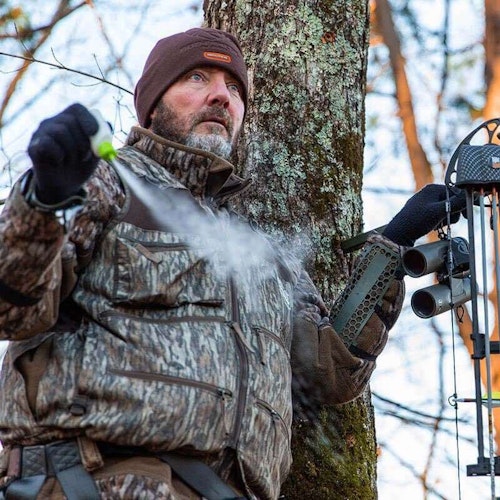During any trip into the whitetail woods, any one of many possible strategy mistakes could result in alerting whitetails to your presence. You could have a poorly planned entry or exit route for a stand, set up too close to a food source and be pinned down by feeding deer at the end of legal hunting time, and the list goes on and on.
When I look back over my deer hunting career (nearing 50 years), I think the strategy mistake I’ve made more than any other is thinking a wind is “good enough” for me to sit in a specific stand. This often happens when it’s nearing prime time of the whitetail season — Halloween through mid-November here in the upper Midwest — and due to current weather patterns, the wind just isn’t right for one or more of my favorite stands.

If you’re like me, you place almost all of your treestands and ground blinds for prevailing west winds, as well as south and north winds, and combinations thereof. So what happens when a 3- or 4-day Halloween weekend bowhunt is impacted by a storm system that brings nothing but northeast, east and southeast winds? Should you ignore a marginal or wrong wind and hike to your favorite stand and hope for the best? Only you can make this decision, of course, but for me the answer is no.
In the YouTube video below from Jeff Sturgis of Whitetail Habitat Solutions, he explains how to analyze the wind for your next favorite treestand when scouting this off-season. Sturgis does a good job detailing the harm that can result from forgetting or ignoring the wind. It can go far beyond simply affecting a single evening or morning sit; it can sabotage a property for several days afterward. If such careless behavior continues, it can turn a property into one where deer move only after dark.
Sturgis is correct in explaining that not only does wind direction matter, but also speed and consistency. Hunting terrain (flat vs. hilly) is also an important consideration. Watch and learn.
P.S. Several companies offer inexpensive and effective wind detectors. Check out Code Blue, Dead Down Wind, HME, Primos and others.






